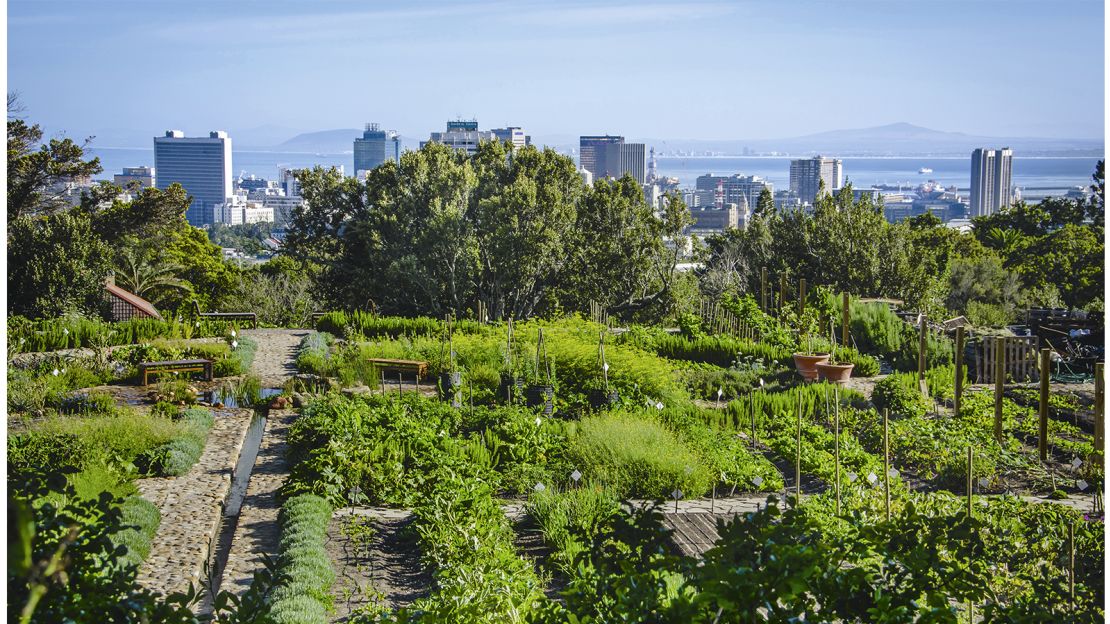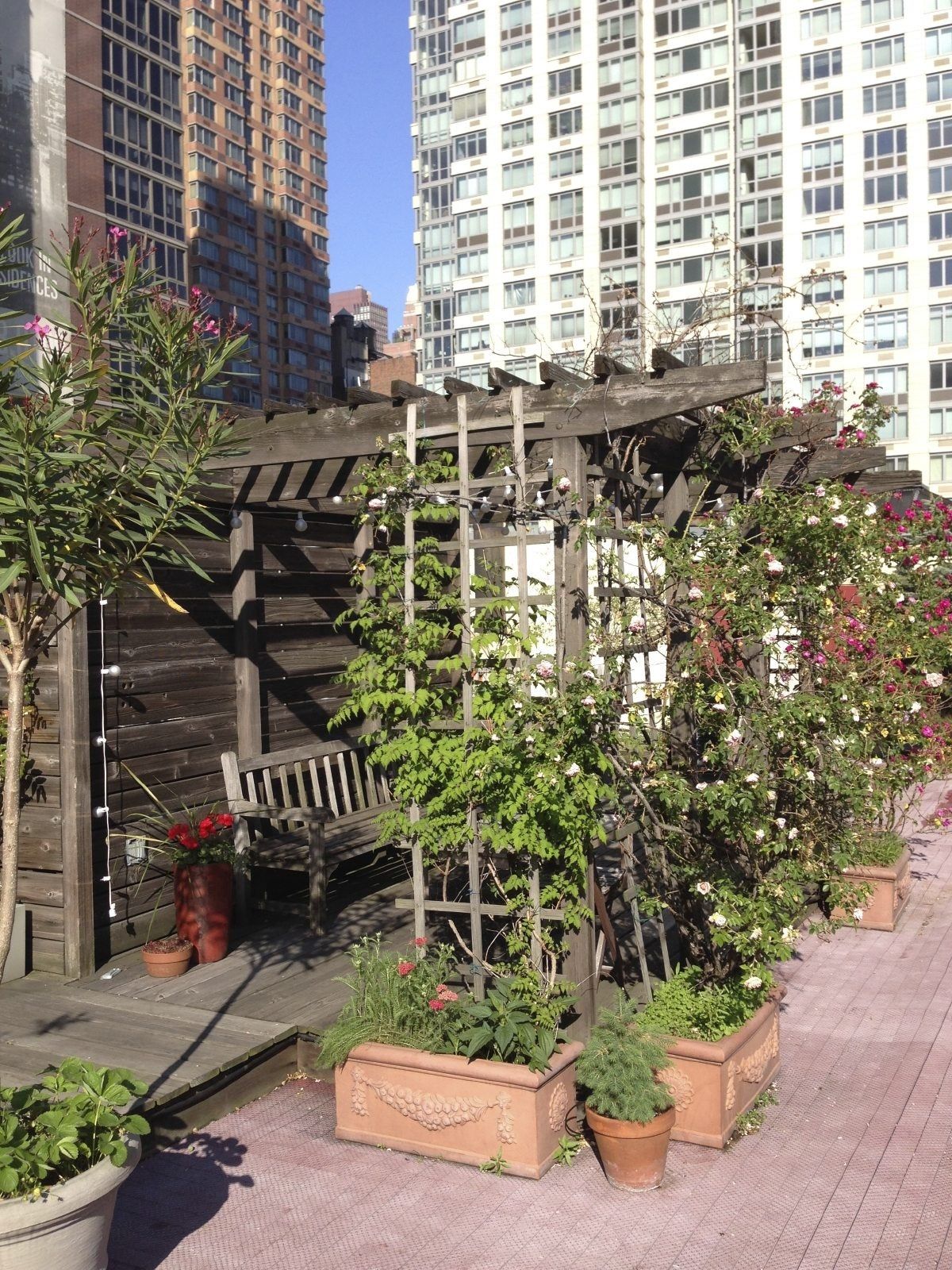The smart Trick of City Blooming That Nobody is Talking About
The smart Trick of City Blooming That Nobody is Talking About
Blog Article
The Only Guide to City Blooming
Table of ContentsThe Of City BloomingTop Guidelines Of City BloomingThe Ultimate Guide To City BloomingThe 10-Minute Rule for City BloomingNot known Details About City Blooming
Interested in expanding food offer for sale in the City of Chicago? Considering starting a community garden? Changes to the Chicago Zoning Statute enable agricultural usages like community yards and urban ranches in several parts of the city. Below is a listing of often asked questions concerning the regulations and laws that farmers need to take into consideration when preparing an urban agriculture project.
The zoning change does not modify any type of various other codes handling composting, structure authorizations, buying or renting City possessed home, service licenses or environmental contamination. There are existing codes that regulate these issues and they stay completely effect and might be suitable to your task. Neighborhood yards are usually had or managed by public entities, civic companies or community-based organizations and kept by volunteers.
Urban ranches grow food that is planned to be sold, either on a nonprofit or for-profit basis. Because of their commercial objective, urban farms call for a company permit. Yes. An area garden is allowed to offer surplus produce that was grown on site if the sales are accessory or secondary to the yard's key objective described above.
5 Simple Techniques For City Blooming
Composting is enabled yet just for plant product that is created and made use of on website. The quantity of garden compost product can not go beyond 25 cubic backyards at any kind of offered time according to the criteria in 7-28-715 of the City's Municipal Code. Yes. Due to the fact that the dirt at a lot of brand-new garden websites needs changing, garden compost, dirt, timber chips, or other materials can be acquired to create or improve the expanding area - sustainable gardening.

If a structure authorization is required after that the hoophouse will be considered an accessory structure. You can learn even more about the structure permit needs by speaking to the Department of Structures. The 25,000-square-foot size restriction is meant to avoid a single area yard from controling a given block or diminishing the block's existing property or commercial personality.
The limit does not apply to gardens situated in Public Open Space (POS) areas. Can there be even more than one area garden that is 25,000 square feet on a solitary block? Secure fencing is not needed, however, gardens that have big auto parking locations may be needed to mount fencing or other landscaping features.
Facts About City Blooming Uncovered
B1 & B2 districts need that all commercial usage tasks be performed indoors. R areas limit business activity. The guidelines show the purpose and intent of the Zoning Code. Is fence required for urban ranches? Yes. Fencings may be needed, together with landscaping and testing, for sure parking lot and outside work or storage space locations depending upon location and the details task occurring.
Urban ranches call for building licenses and zoning approvals prior to construction (urban gardening). Various other types of city review might be required depending on details structures, tasks, size, landscape design, licensing, public heath and stormwater monitoring concerns.
Yes. The type of certificate is determined by what is occurring at the website. The Department of Business Affairs and Consumer Security can aid figure out the specific sort of business permit that's needed. Yes. Off road car park is required for the majority of commercial jobs in Chicago. The called for number of garage is based upon the variety of employees dealing with website and not the square video footage of the expanding space.
The Main Principles Of City Blooming

A city ranch can market compost material generated on site, nevertheless, the operation should abide with the policies in 7-28-715 of the Chicago Municipal Code. Aquaponic systems are allowed inside on city farms in several zoning districts.
Approximately 5 hives or swarms of honey may be maintained as an accessory use. Beekeepers need to register with the Illinois Division of Agriculture. For additional information about the suggested zoning amendment you may get in touch with the Department of Real Estate and Economic Advancement, Bureau of Planning and Zoning at 312.744.8563.
Farming in cities and metropolitan areas A city farm in Chicago. Urban farming refers to different methods of growing. https://www.brownbook.net/business/52834376/city-blooming/, handling, and dispersing food in metropolitan locations. The term also uses to the location tasks of pet husbandry, tank farming, beekeeping, and cultivation in an urban context. Urban agriculture is distinguished from peri-urban farming, which takes place in rural areas useful site at the side of suburban areas.
The Facts About City Blooming Revealed
, who seek to develop social networks founded on a shared principles of nature and neighborhood holism. These networks can create by method of formal institutional support, ending up being integrated right into local community planning as a "change town" activity for sustainable city development.
In either case, the more direct accessibility to fresh veggie, fruit, and meat products that may be know with city agriculture can enhance food security and food safety and security while decreasing food miles, causing reduced greenhouse gas exhausts, thereby adding to climate change mitigation. Some of the first evidence of metropolitan agriculture comes from Mesopotamia.
Report this page